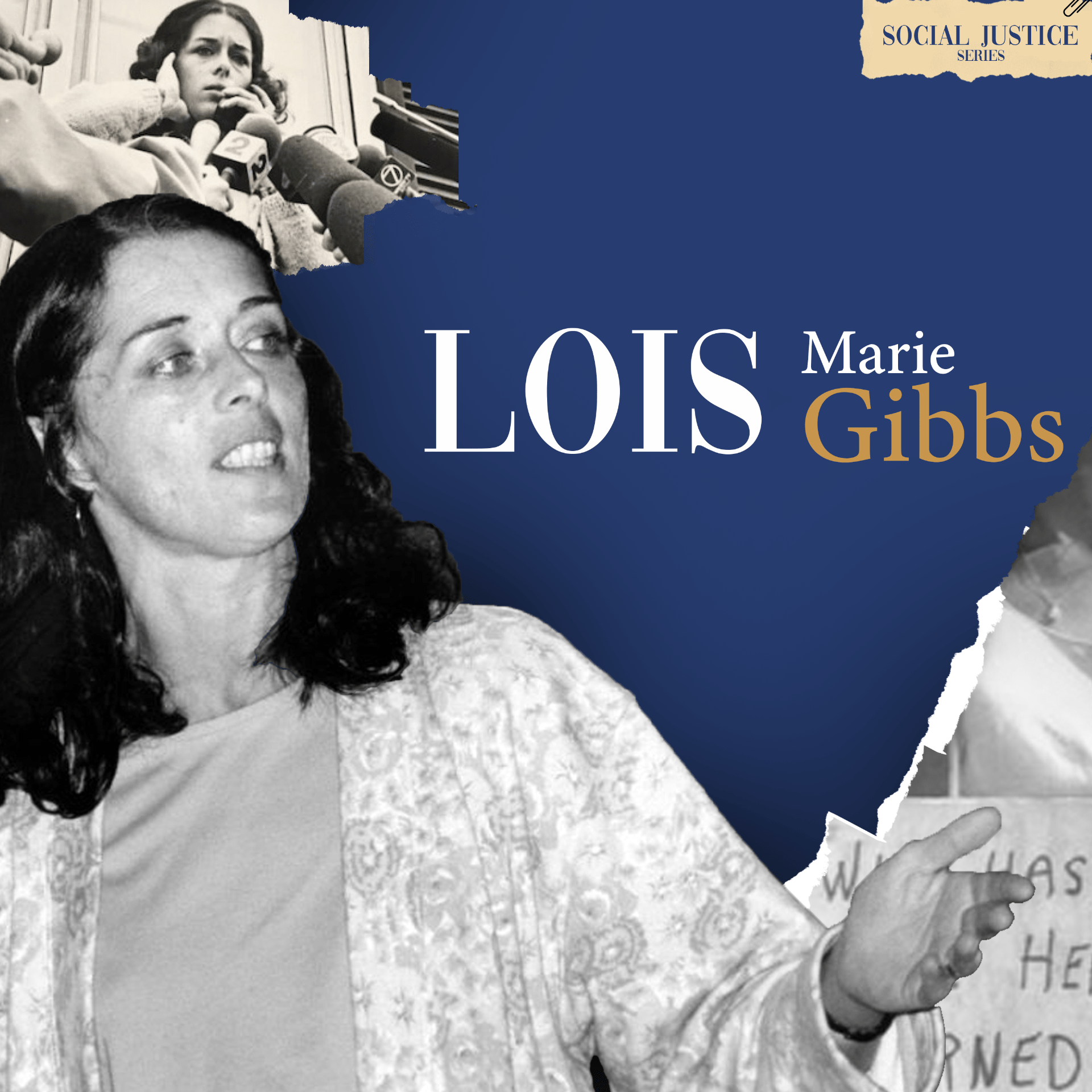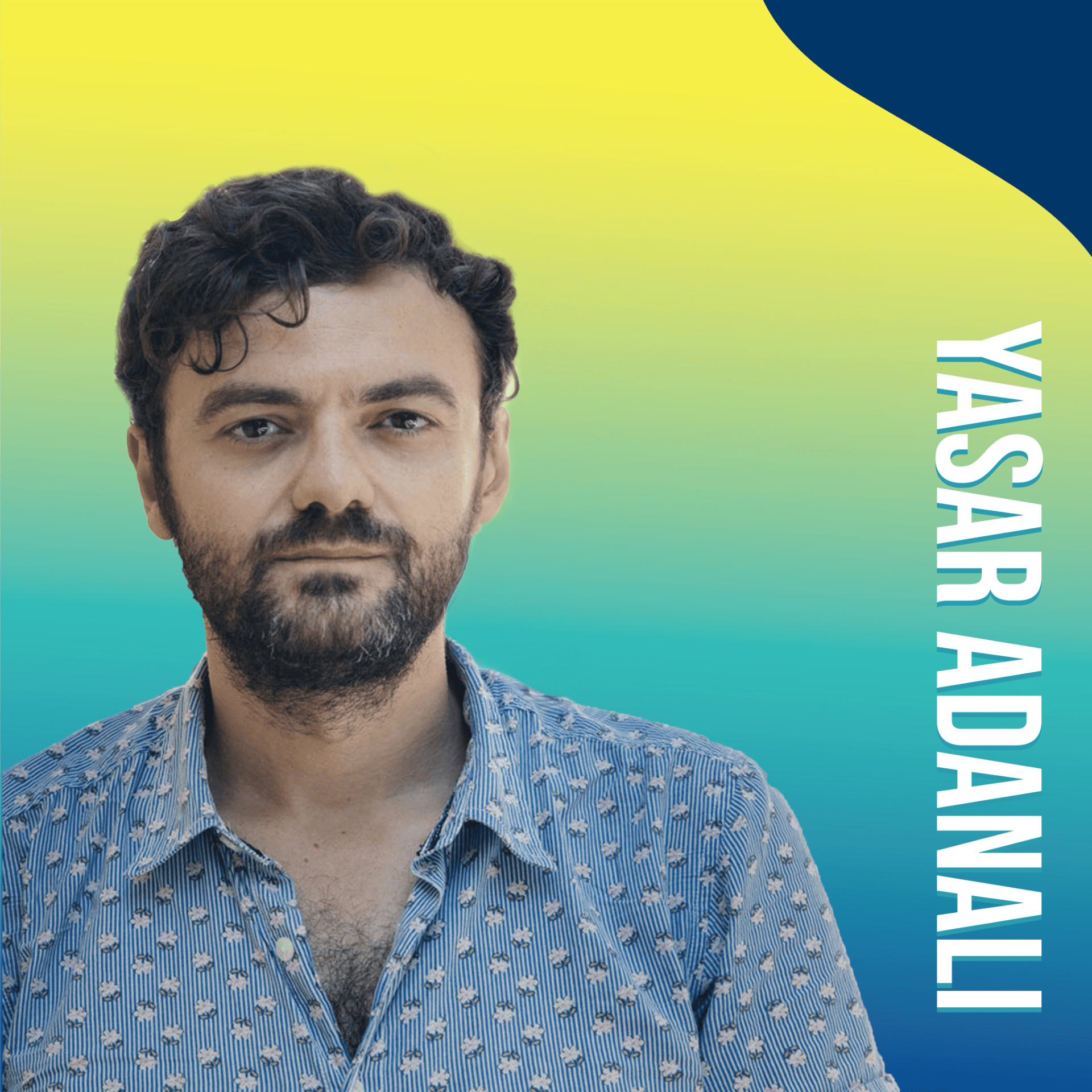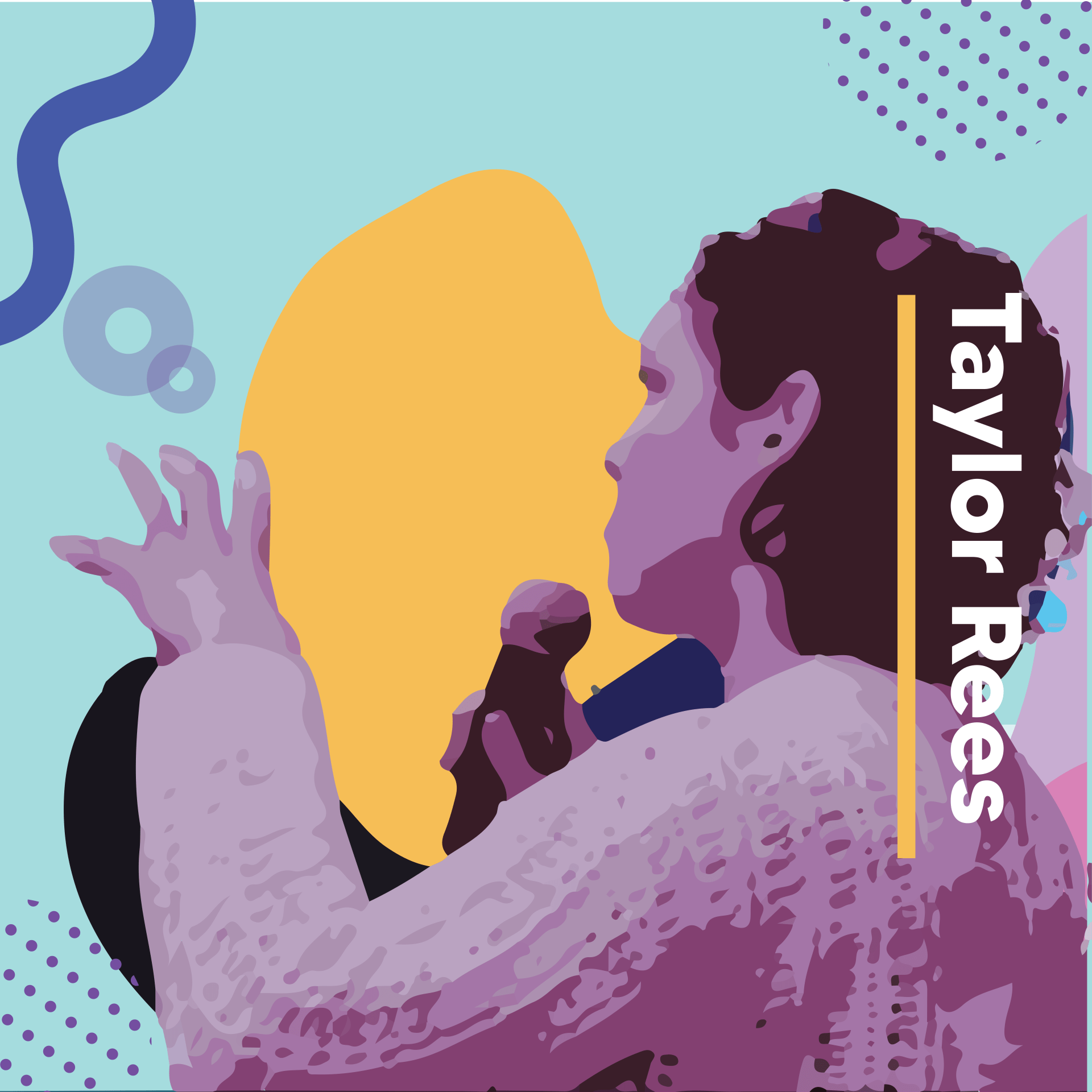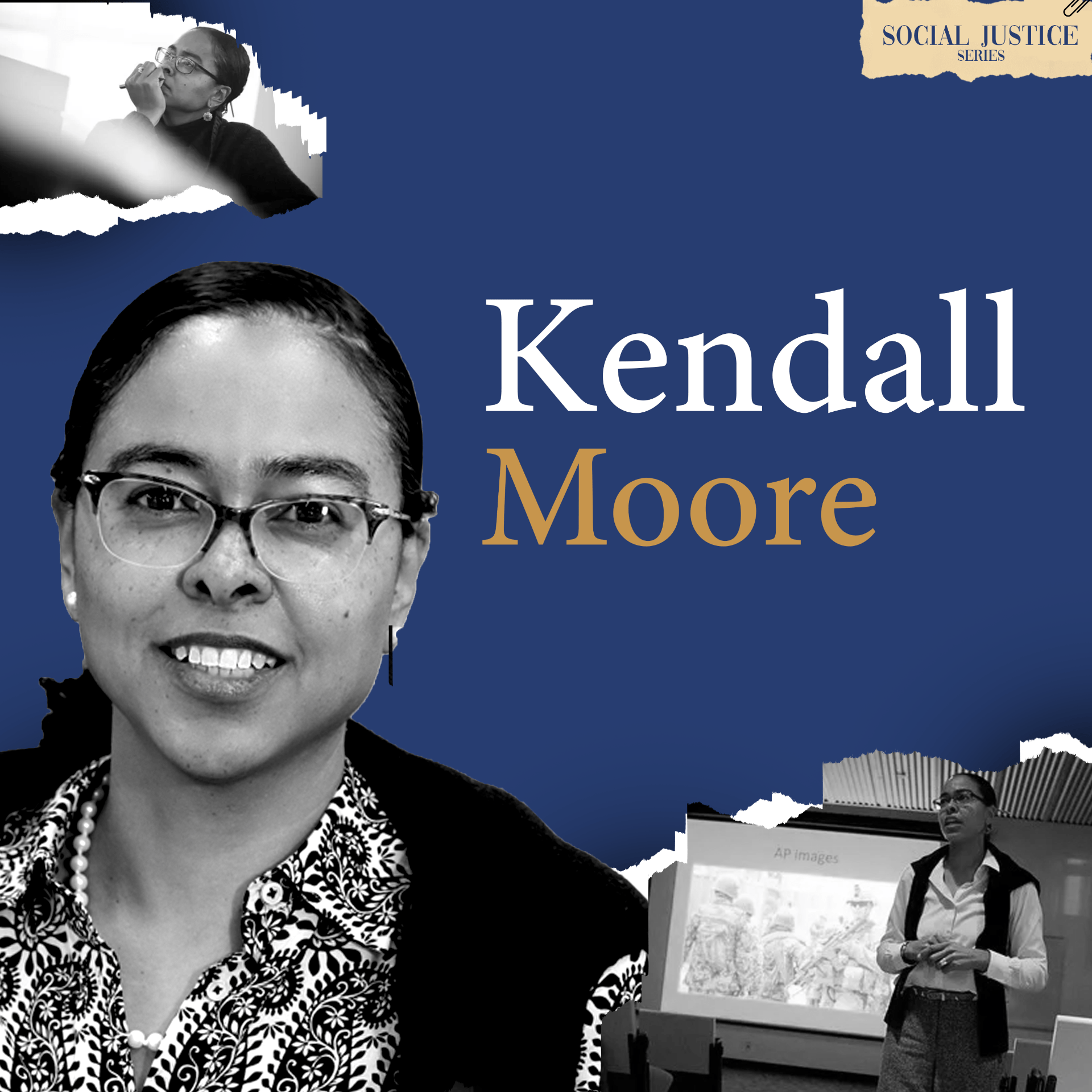
Episode #9
Sonya Gupta
on
Using GIS to Map Health Disparities
Join the Global Lab in listening to Sonya Gupta about how she helped communities in Chicago bring attention to health disparities using GIS mapping, and how GIS transcends from being a mapping tool to being a tool for social change.
Using GIS to Map Health Disparities
Guest Bio
Sonya Gupta graduated from the University of Illinois at Chicago with a double degree in Biological Sciences and Polish, Russian, & Eastern European Studies. She currently is a Masters Candidate at the Harvard Davis Center investigating cross-cultural approaches to medicine, the societal factors influencing health, and the evolution of the healthcare system in the Eurasian region.
While in Chicago, she worked with local communities and found that a lot of them suffered from health issues caused by food insecurity and transportation. She also discovered that these issues were tied to where people lived in the city, thereby causing health disparities.
Transcript
Scroll to read more
Seth Tuler 00:04
Welcome to the Global labs podcast. In this series, we will explore the ways that communities and institutions experience and manage environmental and technological risks and chart paths towards resilience. We hope you enjoy the show. Hi, we’re currently here with Sonya Gupta, who’s a graduate student at Harvard University. And she’s here to talk to us today about the idea of Geo Advocates, Mapping Health Disparities using GIS.
Sonya Gupta 00:37
Thank you, Seth, for that kind introduction. And I’m very excited to be here today.
Seth Tuler 00:41
So can you tell us briefly what you’ve been doing and why you’ve been doing it?
Sonya Gupta 00:46
Absolutely. Geo advocates is a program that my co founder and I created back in spring of 2022. And it started off as an idea to teach some of our peers about GIS. Because GIS isn’t necessarily a tool that’s heavily utilized or taught in medicine or social sciences. It’s pretty much in urban planning and larger dev projects. And it sort of snowballed from there. The idea with Joe advocates now is to teach community members and students about environmental health disparities and increased data literacy skills through GIS. This started as a result of every couple of research projects I was pursuing during the pandemic. And slightly before the pandemic, I was really interested in understanding how Chicago’s health infrastructure could be better utilized to address medical deserts in Chicago. And my advisor at the time, highly recommended that I learned GIS. However, there wasn’t a course for GIS for individuals who weren’t in the College of urban planning. So as any good student would, I hopped on YouTube, and spent countless hours trying to learn GIS. And there’s one thing to know for sure, at least in my experience, GIS is not a very beginner friendly tool. The main thing that I learned from this project other than doing the project itself was how powerful of a tool GIS is, and how much insight you can give for health and medicine. So after this, I paired up with a couple other students who are kind of interested in this. And I created my own student research group at my undergraduate institution with my mentor. And we were looking at different health infrastructures on a deeper level, and trying to understand where we could improve the current health infrastructure in Chicago. And I wanted to make sure other people knew about GIS and knew about especially the environmental health disparities that were occurring all around us, especially as I would like to say, a greater Chicago land native. I didn’t really know much about this until I started researching it. So that’s how this project was born. I wanted to share with others what’s going on in our communities, especially empowering some of our social justice friends to really take a charge at helping find solutions for this, and also share this idea of GIS and teach the fundamentals of GIS. Great,
Seth Tuler 03:09
Great, thank you. Can you tell us a little bit more about who participated in the workshops? And what were the responses to the workshops that you did in Chicago, particularly with the community members?
Sonya Gupta 03:20
It started off as being for undergraduate students. And after we had that proof of concepts, we expanded it to graduate students and community members, I was really advocating for it to be in the community member front, because this is an amazing tool to use and being able to understand how the environment one lives in impacts health and leads to many of the disparities that individuals might see on a daily basis can really be a useful tool, and something that can help empower a lot of the initiatives that might be going on. So after we had success on undergraduate level, I don’t have exact numbers off the top of my head, but we issued a Likert scale survey before and after the workshops to see how effective the workshops were. And we saw a statistically significant increase in empower individuals, ineligibility and the desire to pursue research or advocacy of some sort based on what they learned in the workshop, and the ability to understand and interpret maps and also create their own maps. We also expanded this to the graduate student level recently, we actually taught a workshop at the medical school at UIC in March. And we also expanded this to the community level in Chicago working with organizations like One health, Englewood, and imagine Englewood, if to get this workshop out there.
Seth Tuler 04:37
Are you aware of any of the students or community members subsequently using GIS in the way that you envision?
Sonya Gupta 04:46
Oh yes, and so much more. A couple of pre dental students who are taking the workshop when we were first piloting it out. They ended up using the skills that they learned in this workshop to explore dental health in Chicago. Go and see how many individuals were able to find a dentist use a dentist. And they found quite a few disparities. And that’s actually one of the research projects they’re working on right now. I also heard back from the police departments, we actually taught it at the UIC Police Department. And they were interested in public safety. And they’re using it to to understand where robberies were happening on campus, and how they can better situate the patrol to try to mitigate some of those risks associated with leaving areas unattended for a while. And they’ve reached out a few times, and high school students through imagining glyph. They’re using it to better understand voter turnout, and their communities and how they could work towards increasing voter turnout in their communities.
Seth Tuler 05:43
People talk about empowerment and capacity building. And you use the word empowerment just a moment ago. And I’m wondering if why GIS or your workshop format and its goal around data literacy as a particular useful tool to develop capacities among students or in a community.
Sonya Gupta 06:03
GIS is a tool that I think transcends the boundaries of what it’s typically used for. Understanding how things work on a spatial scale provides a whole new depth to an analysis of depth to understanding what’s going on in one’s community. Furthermore, I think it’s this tool that they can implement in their everyday life, better understanding how to use it interpret data, is a form of empowerment itself. It is a way to help students and community members better understand the world around them. And if they are advocating for something, make a stronger case with
Seth Tuler 06:34
So where are you going next with this work.
Sonya Gupta 06:37
So as of right now, since I’m located in Boston, we’re hoping to expand this project within the Boston area. We’re also planning on creating sort of like a Coursera esque online course, where we can make sure this workshop and its content is available for individuals who might not necessarily be in our proximity of reach right now. But who might be interested in this content. We’re also trying to see if we can expand it to other marginalized communities finding ways to bring these tools because it has to some extent been successful in the communities we’ve reached so far. And last, but not least, we’re trying to convert this curriculum that we currently have developed from Esri ArcGIS to QGIS. Because ArcGIS does require a license. And if you’re affiliated with an educational organization, or an organization that does have a license, everything’s great. But if you don’t have a license, it is quite expensive. So finding a more suitable option for community members who might not have access to the ArcGIS software. And our goal is when we to expand this curriculum, we want this to also expand where we can have maybe former participants in our workshops, actually get to teach this workshop and continue this idea of near peer and peer mentoring. But in the meantime, we’re finding other solutions as well. So if anyone’s interested, please definitely reach out. We’re more than excited to have more team members on board as we were expanding.
Seth Tuler 08:03
How are the health risks or health disparities in Chicago or other places you’ve worked? Do you think related to systemic racism or to power and the access to information?
Sonya Gupta 08:16
That’s a great question, Seth, Chicago has the largest life expectancy gap between neighboring community areas in the nation. It’s a 30 year life expectancy gap between community areas that are just a few miles away. That’s a lot and 30 years, that’s over an entire generation. This idea of having such a large life expectancy gap contributes to this idea of a systemic racism. The community areas that have the lowest life expectancy, for example, on the Southside of Chicago, pick one generation less than other areas in Chicago, to acquire generational wealth, to work on building infrastructure within their communities. These things lead and contribute in some aspect to a lot of the disparities we’re seeing in Chicago. It’s the cyclic nature where we have these systemic variables, impacting some of these outputs, and how they lead to other environmental variables that impact health. And just we have this consistent circle. And on top of this, this also leads in part to this information disparity as well where individuals might not be able to fully understand the full context of what’s happening because they just haven’t been introduced to these topics. So that’s our goal with this workshop, where we want to inform committee members about what’s happening with these disparities, understand how environmental factors are shaping their experiences, and really give them the skill set to start addressing some of these issues. The idea is to put the power back in the hands of the community members, and give them the skill sets to work towards empowering the initiatives that they’re working on, and or develop new initiatives as well. There’s this quote in the Chicago trip article that I mentioned in the workshop And the idea is that right now in Chicago, your zip code has as much to do with your health as your genetic code. But we’ve reached a point where this is true. And it’s kind of scary to think about.
Seth Tuler 10:13
This is very powerful work. And I’m thinking about the ways that these ideas and the work that you’re doing improves the data literacy of individuals, whether they’re graduate students, or undergraduate students, or maybe the community members. And so far, it’s hard for me to tell whether it’s more individual learning, or it’s a way for people to collectively discuss an issue and think about different perspectives that people might have and arrive at some collective understanding. You know, I’ve worked in some contexts where we use tools like you’ve created to foster dialogue among people who may have different perspectives on a problem. Have you also done something like that?
Sonya Gupta 10:54
That is a great question. So part of this workshop is getting individuals to think about these ideas by themselves, but also have a larger discussion about these ideas. I’m a big advocate for this notion where talking to others helps increase your own understanding and having discussions about things as well. Part of our workshop is where we have a discussion portion, after we present the ideas about what’s happening in Chicago, percent Chicago’s life expectancy gap, to get individuals in this workshop talking. Also, this workshop isn’t supposed to be an end all be all, they’re supposed to be more work going on after this workshop. So it’s to get the dialogue started to get people in touch with these ideas. And we do provide individuals with our own contact information. And if they want to connect with other resources, or individuals or organizations, those contacts as well, this workshop is a way to start looking at these ideas to start encouraging dialogue and conversation about it. But by no means isn’t meant to be an individual silo, because change happens together.
Seth Tuler 11:55
So that 30 year gap, what do you think are the environmental health risks or disparities that are contributing to that?
Sonya Gupta 12:05
Oh, okay. There are quite a few factors that can impact this. For example, food deserts, how close is the local grocery store? Is there a way to get fresh fruits and vegetables that is cost effective for individuals? That is one example of an environmental factor? Another factor is primary care practitioner rates? How close is the nearest primary care physician? Is there a hospital nearby? Is there a community health center nearby? How far away are they if they’re not nearby? I did a project recently looking at Chicago’s COVID-19 rates, and looking at mortality rates versus vaccination rates, if you delve into that further, for their options that are close by for individuals to get vaccinations, or was it something that they had to travel off large distance for? I’m not sure if you’ve read the book evicted. But some of the things that they talk about include having to choose between food or transportation, having to choose between getting to your doctor’s appointment, or being able to go to your job. So these are things that we need to understand about some of these communities that are being heavily impacted. And understanding that distance plays a huge role, which is why GIS is such a great tool to look into this.
Seth Tuler 13:13
I’m thinking about how the health disparity and risk that you just outlined, make it harder for community members to cope with any kind of weather event, or other kinds of adverse event, whether it be a snowstorm that shuts the city down or heat waves, that they don’t have easy access to food, they don’t have easy access to physicians or health care in conditions like that.
Sonya Gupta 13:44
Another thing is that in some of these communities, there were factories that polluted a lot of the air. And this led to increased in asthma rates, which also impacted COVID-19 rates as well within those communities. So understanding how built structural aspects as well, and factories and other locations of things, impact higher disease incidences in communities. And that leads in part to creating more environmental factors that can also be impacted by, for example, COVID-19. And the other thing I wanted to mention is it was so surprising to me when I started off that there wasn’t more conversation about using GIS in health and medicine, especially on the undergraduate or community level. I guess my goal going forward with this and sort of in my own career goal as well, is to find ways to incorporate this environmental understanding in my own practice as a future physician, and also work towards combating a lot of this structural violence that’s occurring, finding ways to help from a medical perspective, but also public health perspective. I guess going forward in my own career as well. I’m hoping to keep using not only what I’ve learned about environmental health disparities, but also GIS and how work environment and systemic racism have this very interconnected relationship in my practice as a future physician, working to help patients outside of the clinic as well, and fighting a lot of this structural violence that is occurring.
Seth Tuler 15:13
Thank you, Sonia. Also, I really appreciate the conversation. I feel like I could keep talking about this for much longer. Thank you. Thank you for your time, and I look forward to keeping in touch.
Sonya Gupta 15:25
Absolutely. Thank you so much, Seth. It’s been a pleasure being here. And it’s so great to get to see the WPI campus.
Seth Tuler 15:39
Thank you for listening to this episode. Check out our other podcast episodes on Spotify and our website. Her audio engineers are William Poirier, Sam Ollari, and Varun Bhat.





